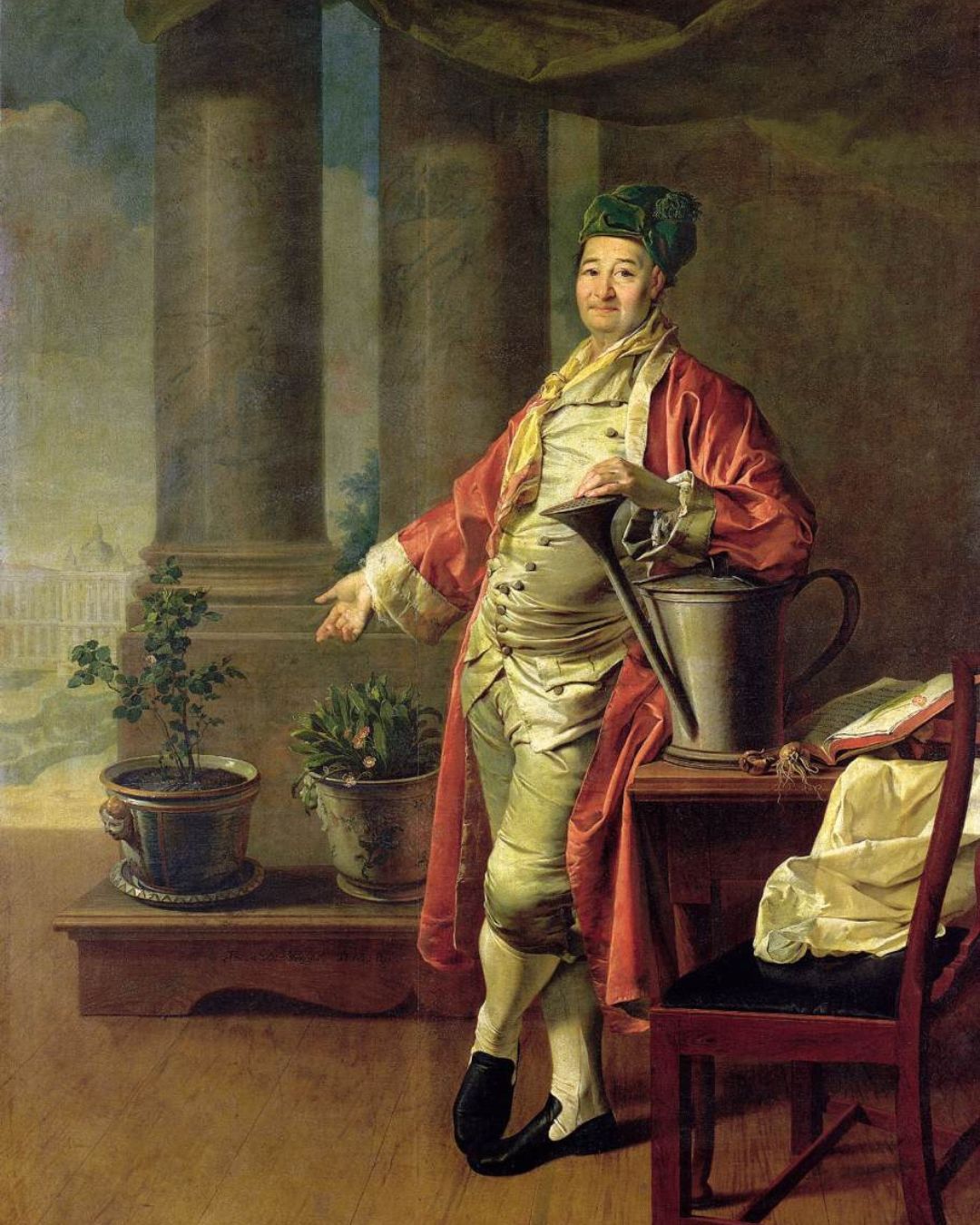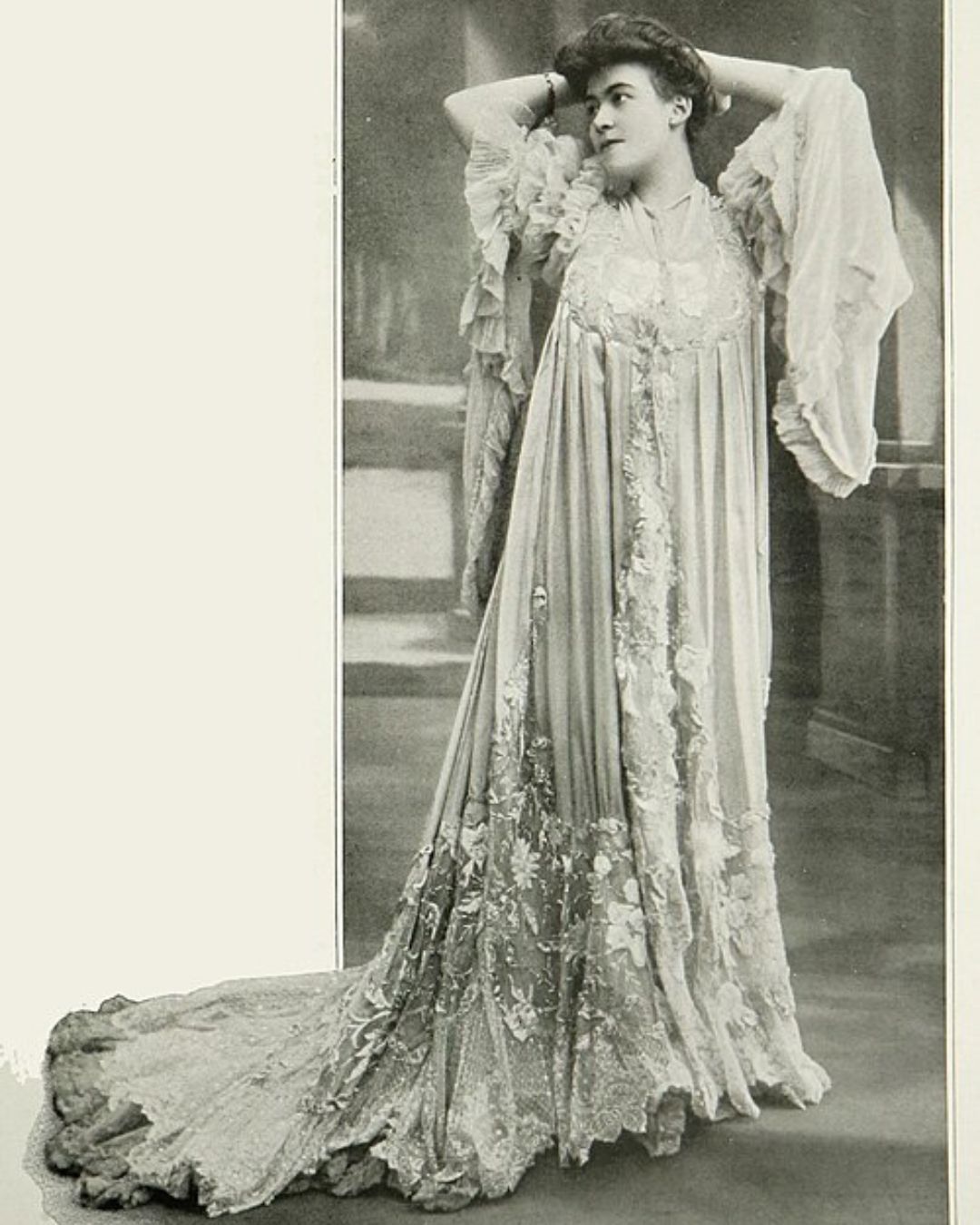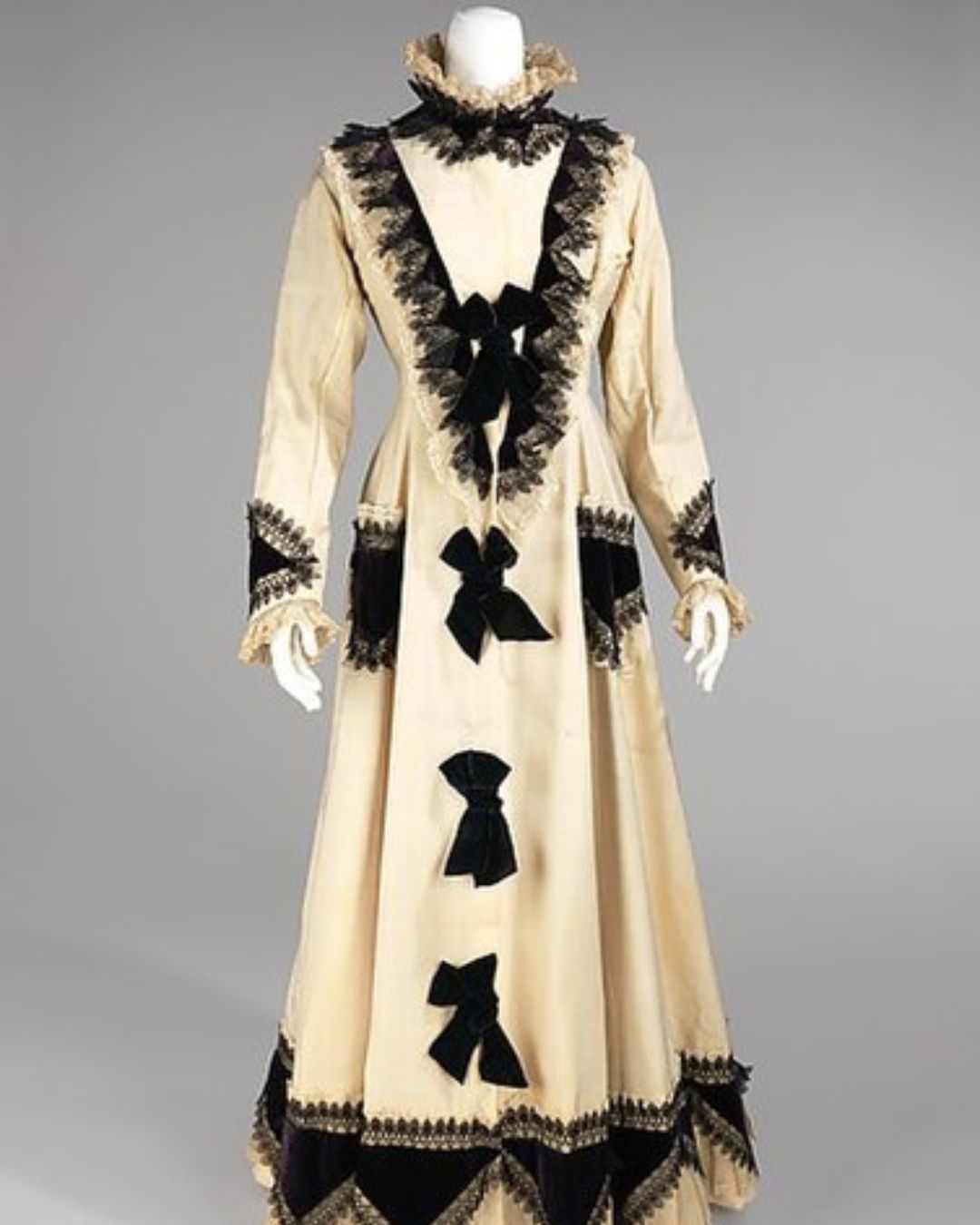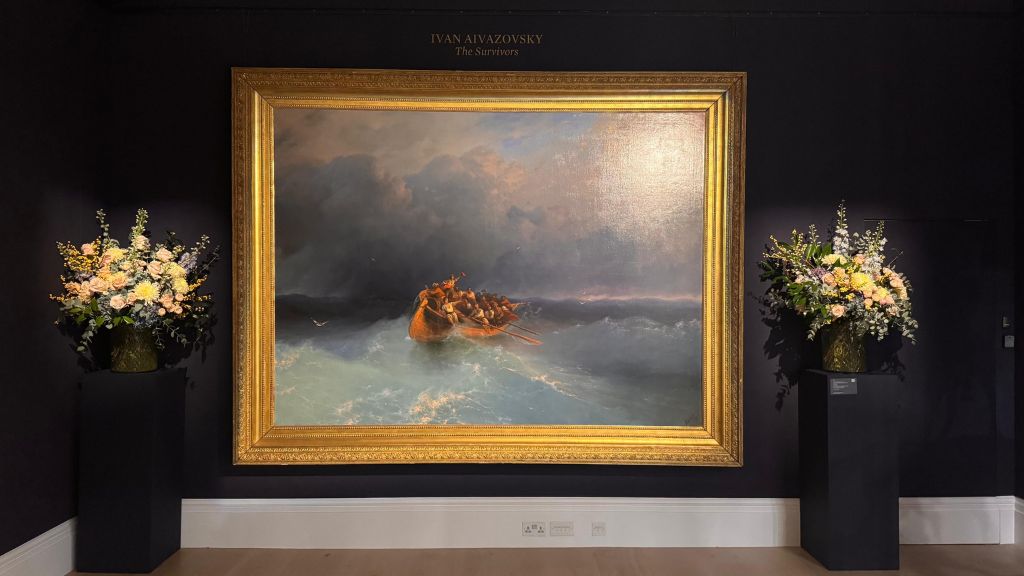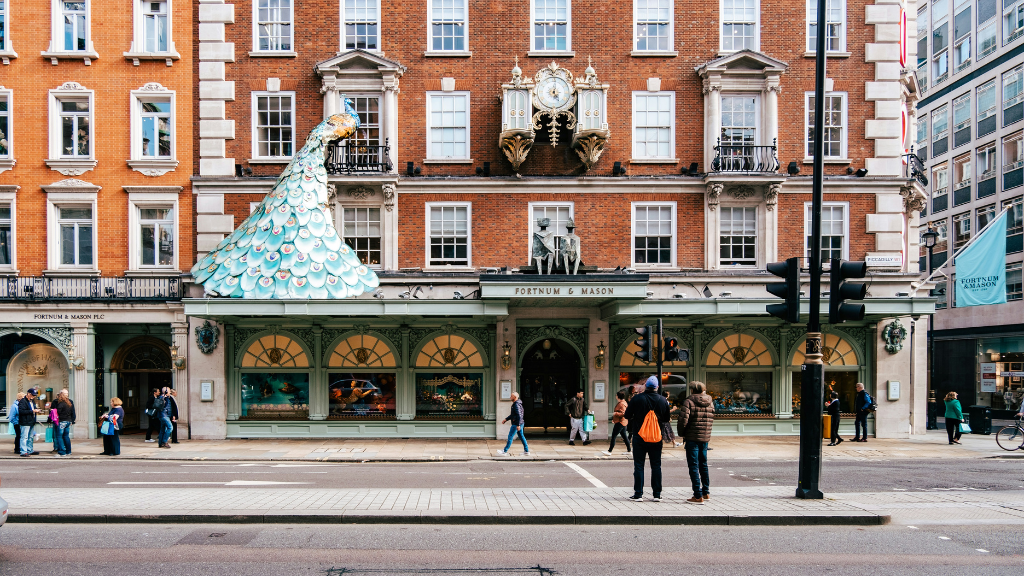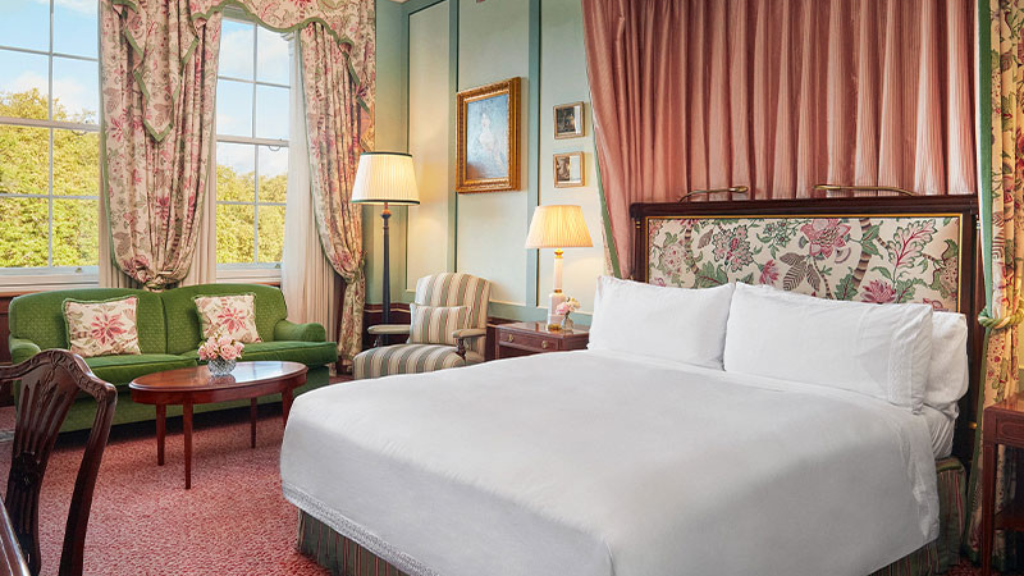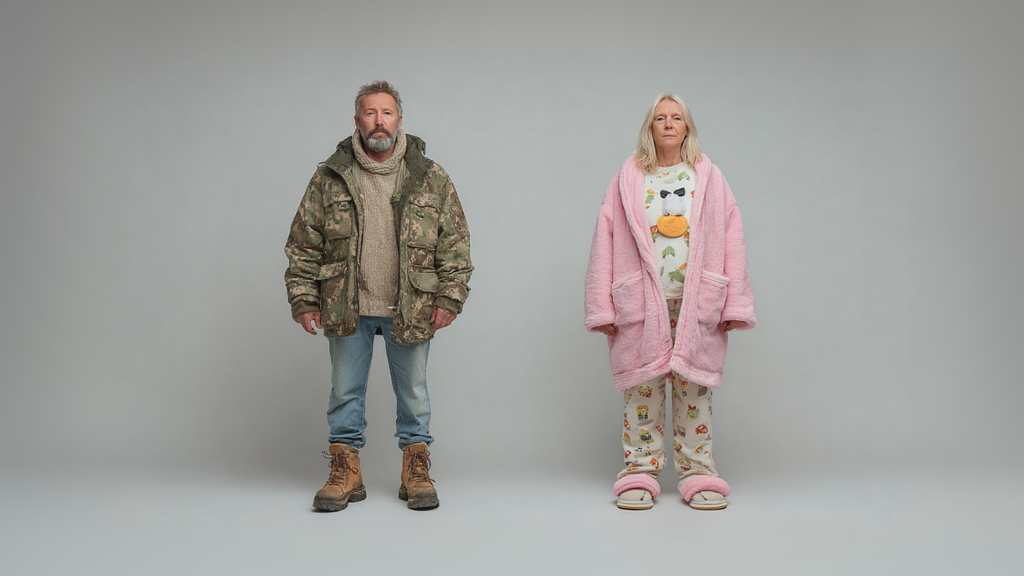
Homewear as cultural code: why mixed-culture couples argue about slippers
At first glance, the question seems almost innocent: “Do you change clothes when you come home?” But behind it lies an entire cultural minefield – personal boundaries, respect, and even… intimacy. In mixed families this tiny detail easily turns into a daily source of tension, especially if you grew up in a world where “slippers” and “a robe” are not a meme but a symbol of home itself. For many of us everything is obvious: close the door behind you, shed the suit/jeans/dress, slip into something soft – the body exhales, the mind switches off, and life suddenly regains its meaning. In Britain this script simply isn’t embedded by default. Walking around the house in the same jeans you wore to the pub is perfectly normal; greeting guests without changing shoes is, too. What seems to us like basic hygiene and respect for shared space may appear to a partner as an odd ritual from another world. This quiet clash – between “take your shoes off at the door” and “I’m at home, so I do as I please” is exactly what Afisha.London columnist Tatyana Mezentseva explores here.
This article is also available in Russian here
When you arrive in the UK not as a tourist but to live “properly”, many local habits provoke a soft cultural “excuse me… what?” One could make a long list of what surprises Russian-speaking expats in Britain, but today let’s talk about homewear.
Clothing has for centuries served as a marker of status and social position. A single glance once revealed a person’s rank and wealth. If we travel back to eighteenth- and nineteenth-century Britain, we find an entire vocabulary of “home dress” (undress, home dress, morning dress). Changing outfits several times a day – quite meticulously – was the norm among the middle and upper classes. Curious what the well-to-do wore at home?
Read also: Fortnum & Mason: how the queen’s footman created London’s legendary emporium

From a book “The Cut of His Coat: Men, Dress, and Consumer Culture in Britain, 1860–1914”. Photo: See page for author, Public domain, via Wikimedia Commons
Undress was morning or home clothing suitable for receiving close friends or managing the household. Men wore banyans (robes), waistcoats without jackets and soft slippers; women wore simpler cotton, wool or muslin dresses – sometimes expensive, but looser, often without a corset, and far less ornate.
By the mid-nineteenth century Victorian Britain introduced the tea gown – a special home dress for receiving guests at afternoon tea. It was elegant yet did not require a corset, a compromise between comfort and respectability.
Read also: How Diaghilev’s “Saisons Russes” influenced the European art world of the 20th century
- Photo: Dmitry Levitzky, Public domain, via Wikimedia Commons
- Sir Isaac Newton in a banyan. Photo: James Thornhill, Public domain, via Wikimedia Commons
Homewear could be luxurious, yet it still wasn’t considered “full dress”. Aristocrats rarely spent a whole day in one outfit: morning attire at home, a promenade dress for the afternoon, and formal dress for the evening. Clothing signalled both status and good manners – a person had to look appropriate for each moment. Working-class families could not afford such variety, but even they often had “clean clothes for home” and “work clothes” for labour and the street.
In the early twentieth century the tradition survived but evolved. Before the Second World War, women of the middle and upper classes still wore morning robes, tea gowns and light silk home ensembles; men had dressing gowns – sometimes over pyjamas or informal waistcoat outfits. Distinctions remained clear: morning – homewear, daytime – suit, evening – black tie.
Read also: Ivan Bunin in London: scandalous affairs, Nobel fame and recognition in exile
- Tea gown, 1905. Photo: Léopold-Émile Reutlinger, Public domain, via Wikimedia Commons
- Tea gown, 1875. Photo: Metropolitan Museum of Art, CC0, via Wikimedia Commons
After the war, life became simpler: comfort replaced the need to demonstrate status at home. Women abandoned corsets and intricate dresses in favour of robes, cardigans and the newly accepted house trousers of the 1950s and 60s; men shifted to light gowns, knit jumpers, soft pyjamas and slippers. It was then, in the 1950s, that “home comfort” became part of British cultural identity. Advertisements, magazines and television cemented the idea of the perfect evening — in your own jumper, in your own armchair, in your own living room. Homewear shifted from a symbol of class to a visual code for relaxation and personal space.
The late twentieth century brought sportswear, relaxed shirts and “house jeans” into the home. Women embraced coordinated loungewear sets; men turned to sweatpants and T-shirts. The term “loungewear” arrived – comfortable enough for home, polished enough for guests or a quick trip to the shop.
Today the boundaries are even more blurred. Homewear has travelled from refined status symbol to expression of comfort and individuality. The pandemic further softened the rules: the tradition of changing into house clothes survived, but it is no longer obligatory. Clothing is no longer a marker of rank but of convenience and many Britons simply don’t feel the need to change when they return home. If they are not going to the office or wearing a uniform, they often dress once in the morning and keep the same outfit for the entire day.
Read also: Leo Tolstoy in London: shaping the British literary landscape

Photo: Afisha.London
In Soviet culture, however, the distinction between outdoor, work and home clothing was strict – rooted in comfort and practicality, but also in climate. With significant temperature differences between inside and outside, changing clothes was essential. This tradition exists in many northern cultures, including Scandinavian countries. Many Russian-speaking families still preserve it: home means cleanliness and cosiness, so you change, wash your hands, and put on slippers. It becomes a ritual of shedding the “outside role” and putting on your “inside self”. Interestingly, a similar division exists in some Muslim traditions but in reverse: the nicest clothes are often reserved for the home, not the public.
For us the issue of homewear is almost self-evident. But what do modern Britons think?
A recent English forum discussion produced a colourful array of opinions. Many – especially women – do change clothes at home, some even confessed to doing it five times a day. Those with office dress codes or uniforms are particularly eager to switch into something softer. But a sizeable number see no reason for separate homewear at all: “My clothes are comfortable enough, and they’re clean.” For them removing shoes is sufficient. One man joked that changing for home simply meant taking off nearly everything and wandering around in underwear. Others admitted they prefer to shed underwear altogether and put on pyjamas.
The majority do change clothes – but it isn’t a rule, more a matter of lifestyle and climate. The motto of the twenty-first century prevails: comfort above all, whatever comfort means to you.
There are also Britons who never take off their shoes at home or change clothes; for them, it simply isn’t important. What seems to us a normal request “please take off your shoes” can be perceived as an intrusion: “Why should I? I’m comfortable.” British etiquette still treats such a request as borderline impolite, verging on over-familiarity.
The argument “we don’t have Russian snowdrifts and mud” falls apart the moment one remembers that London pavements host plenty of urban life: foxes, dogs, pigeons, rats, spills, and everything else a metropolis provides. All of this comes indoors – onto carpets, bedrooms and sheets. At that point the issue is no longer cultural but hygienic.

Photo: Afisha.London
I found myself in this situation. My English in-laws would walk straight into the house in shoes, while I quietly winced at the sight of the carpet. Saying something felt awkward. The problem was unexpectedly solved by my small daughter who calmly announced: “We don’t wear shoes at home!” and even offered to help take theirs off. Everyone laughed and from that moment not a single shoe crossed the threshold. In our case a little diplomat worked better than any cultural explanation.
In international couples, the home can easily become a negotiation table for cultural norms. For many Russian-speaking partners, changing clothes signals respect for the space, readiness to relax and be close. For many Britons, staying in the same clothes is authenticity: “I’m at home – I’m myself.”
Even within the Russian-speaking community opinions differ. Some cannot imagine home without dedicated “non-street” clothing; others admit they simply can’t be bothered. Ultimately the debate isn’t only about national codes but about personal habits, comfort levels and ideas of hygiene.
Perhaps the compromise is simple: clean hands, indoor shoes, and a little more awareness of shared space make living together far more pleasant. And what about you?
Cover photo: Afisha.London / Midjourney
Read also:
Great British contemporaries: Stephen Fry
The London Christmas Guide 2025: shows, skating and sparkling nights
Felix Yusupov and Princess Irina of Russia: love, riches and emigration
SUBSCRIBE
Receive our digest once a week with quality Russian events and articles

